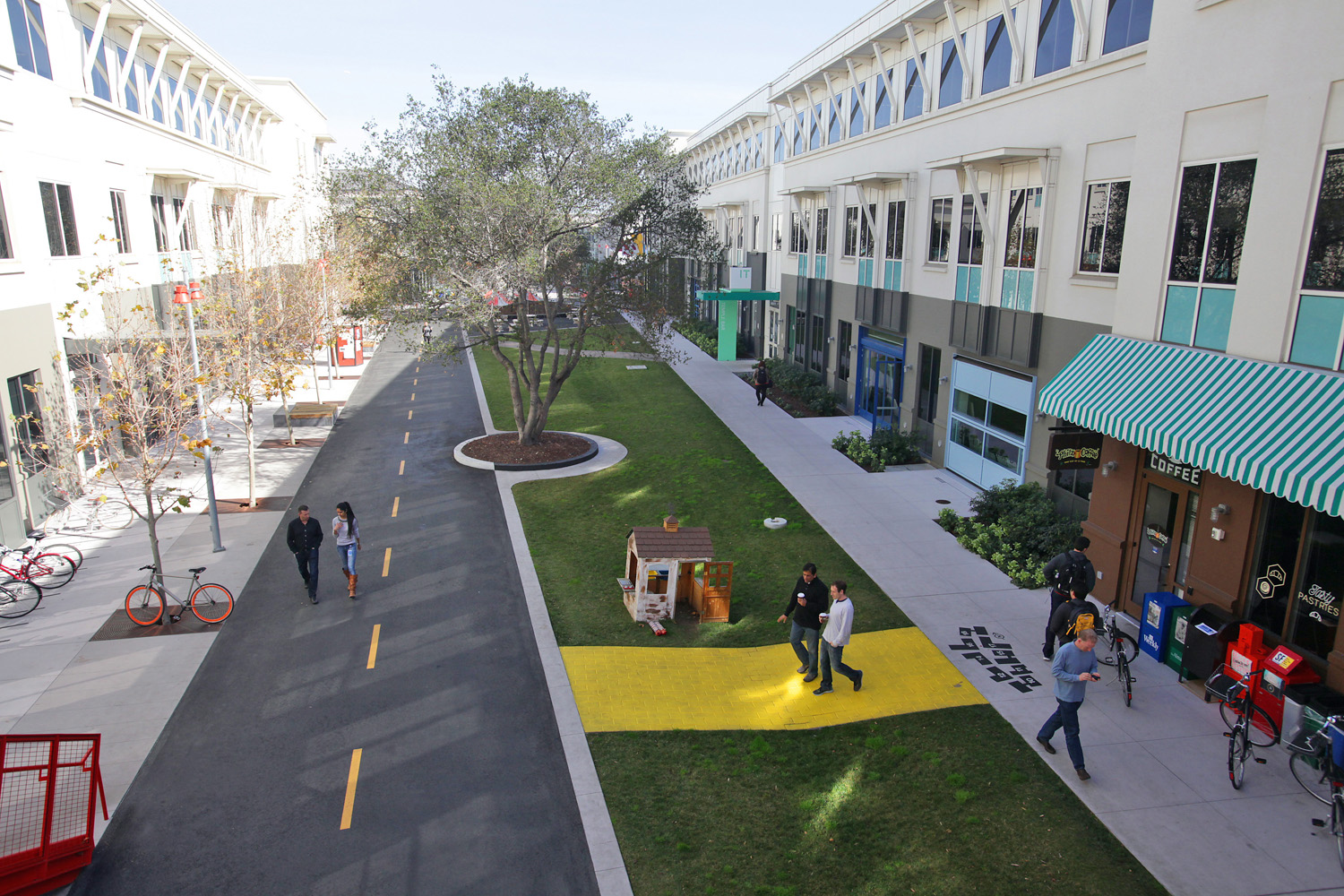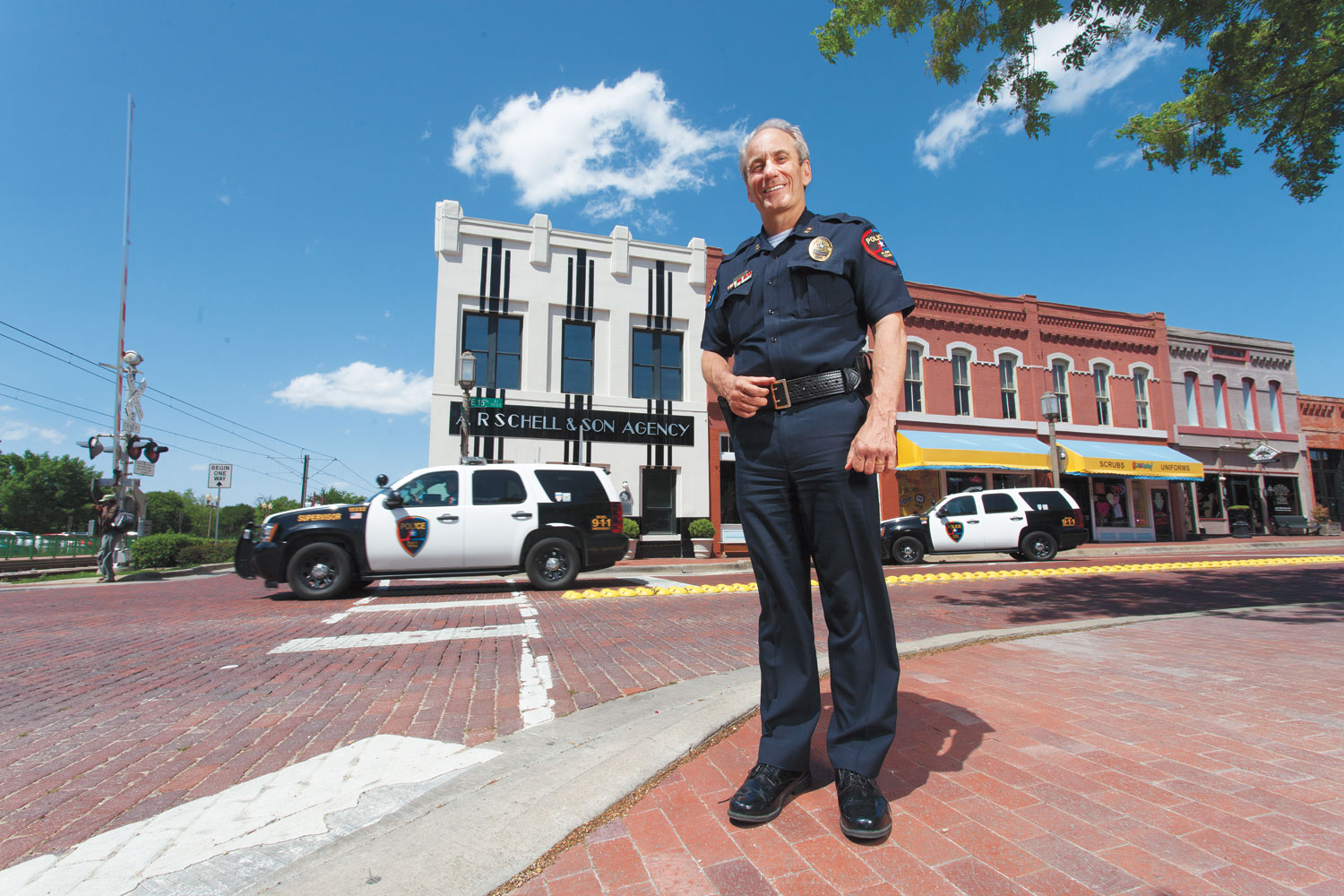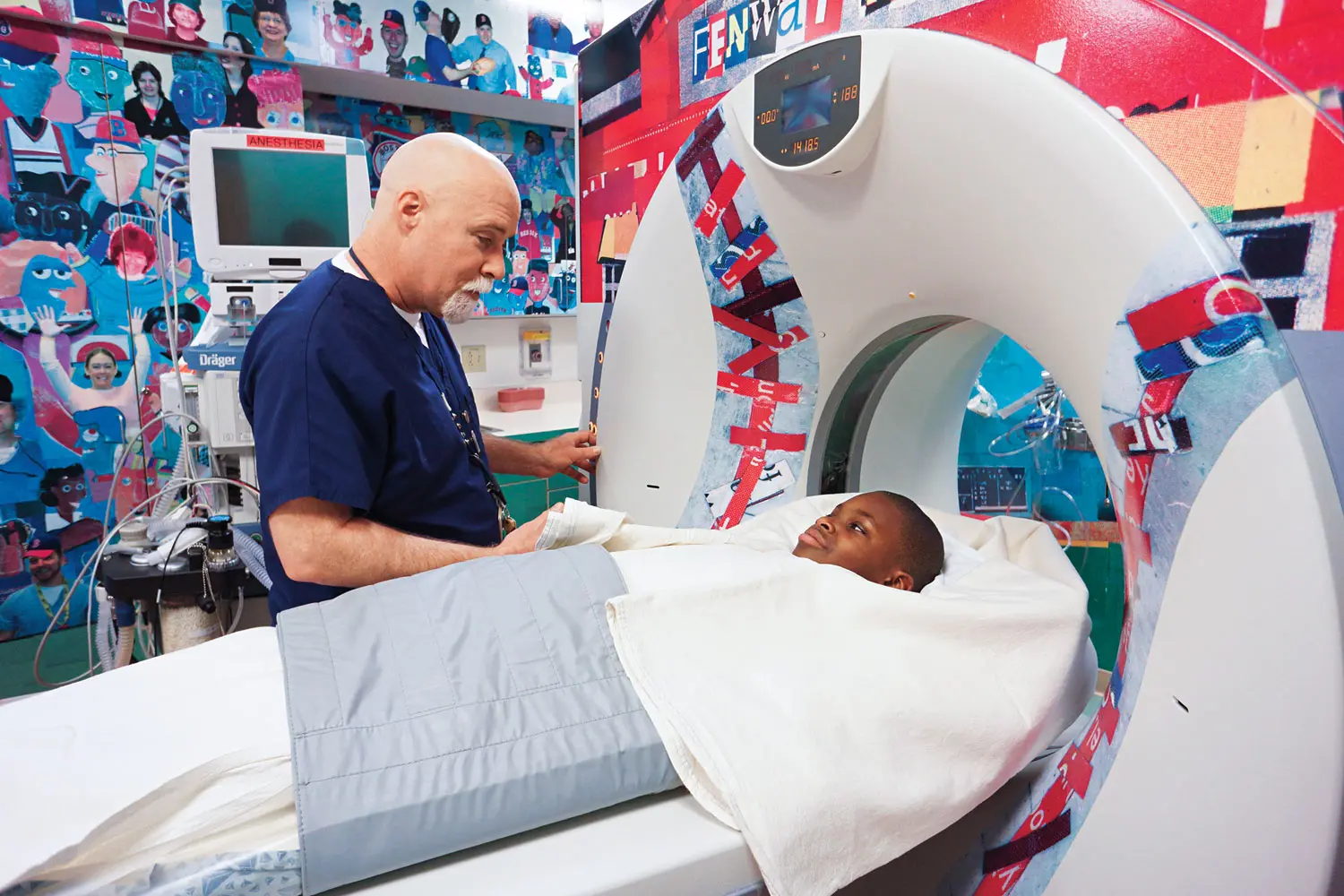The traffic signals along Factoria Boulevard in Bellevue, Wash., generally don’t flash the same stretch of green twice in a row, especially at rush hour. At 9:30 a.m., the full red/yellow/green signal cycle might be 140 seconds. By 9:33 a.m, a burst of additional traffic might push it to 145 seconds. Less traffic at 9:37 a.m. could push it down to 135. Just like the traffic itself, the timing of the signals fluctuates.
That’s by design. Bellevue, a fast-growing city of more than 130,000 just east of Seattle, utilizes a system that is gaining popularity around the U.S.: intersection signals that can adjust in real-time to traffic conditions. City officials say that these lights, known as adaptive signals, have led to significant declines in both the hassle and cost of commuting.
“Adaptive signals make sure that inefficiencies never happen,” says Alex Stevanovic, director of the Laboratory for Adaptive Traffic Operations & Management at Florida Atlantic University. “They can make sure that the traffic demand that is there is being addressed.”
As city leaders increasingly turn to data for insight into running their metros more efficiently, adaptive signals have emerged as a 21st century strategy to chip away at a longstanding scourge. According to the U.S. Census Bureau, almost 11 million Americans commute more than an hour each way to their job while 600,000 U.S. residents have one-way “megacommutes” of at least 90 minutes or 50 miles.
And all that time on the roads costs money. The Centre for Economics and Business Research estimates that U.S. commuters lost $124 billion in 2013 due to the cost of fuel, the value of time wasted in traffic, and the increased cost of doing business. CEBR predicts those costs will rise 50% by 2030.
Only 3% of the nation’s traffic signals are currently adaptive, but the number of smart signals in the U.S. has jumped from 4,500 in 2009 to 6,500 in 2014, according to Stevanovic, who tracks the signals’ installation around the U.S.
The largest concentration of adaptive signals is in Los Angeles, a city that has long struggled with congestion. Nearby Orange County, Calif. has the second largest, followed by Utah, where about 80% of the state’s traffic signals are adaptive. But the frontier of adaptive traffic management may be in Bellevue, according to transportation policy experts. The city’s overhaul began in 2010 when it began implementing a system called SCATS (Sydney Coordinative Adaptive Traffic System, which was first developed and used in Sydney, Australia). Currently, 174 of Bellevue’s intersections have been outfitted with the new technology with plans for all 197 intersections to use adaptive signals by the end of the year.
The system uses a series of wires embedded in city streets that tell the signals how much traffic is moving through the intersection. When traffic is heavier, the green lights stay on longer. Less traffic means shorter greens. During peak traffic periods, nearby intersections sync their lights to allow long stretches of green. When there are fewer cars on the road, those intersections revert to their own cycles. Mark Poch, the Bellevue Transportation Department’s traffic engineering manager, says uncoupled intersections work more efficiently when there are fewer cars on the road because they can better respond to specific situations at that cross street.
Along Factoria, one of Bellevue’s main downtown arteries, travel times have decreased by 36% during peak rush hour since adaptive lights were installed, according to city transportation officials. Along NE 8th Street, another heavily trafficked street, travel times are down 43% from 2 p.m. to 6 p.m. Those decreased delays appear to add up to real savings for drivers: Bellevue officials say the $5.5 million system saves drivers $9 million to $12 million annually (they estimate that a driver’s time is worth $15 an hour).
For all of Bellevue’s success, adaptive signals are not a panacea for clogged roadways. Kevin Balke, a research engineer at the Texas A&M University Transportation Institute, says that while smart lights can be particularly beneficial for some cities, others are so congested that only a drastic reduction in the number of cars on the road will make a meaningful difference. “It’s not going to fix everything, but adaptive has some benefits for a smaller city with a particular corridor on the verge of breaking down,” he says.
In Bellevue, the switch to adaptive has been a lesson in the value of embracing new approaches. In the past, Poch says, there was often a knee-jerk reaction to dealing with increased traffic: just widen the lanes. Now he hopes that other cities will consider making their streets run smarter instead of just making them bigger.
“It’s been a slow change,” Poch says. “It’s easy to think the way to get out of it is to widen the road. However, as we move toward being better stewards of our resources and more sensitive to environmental issues, let’s take what we have and operate it better. I think that’s a more prevailing thought now, and I think it makes sense.”
See the 10 Healthiest Cities to Live in America










More Must-Reads from TIME
- Donald Trump Is TIME's 2024 Person of the Year
- Why We Chose Trump as Person of the Year
- Is Intermittent Fasting Good or Bad for You?
- The 100 Must-Read Books of 2024
- The 20 Best Christmas TV Episodes
- Column: If Optimism Feels Ridiculous Now, Try Hope
- The Future of Climate Action Is Trade Policy
- Merle Bombardieri Is Helping People Make the Baby Decision
Contact us at letters@time.com